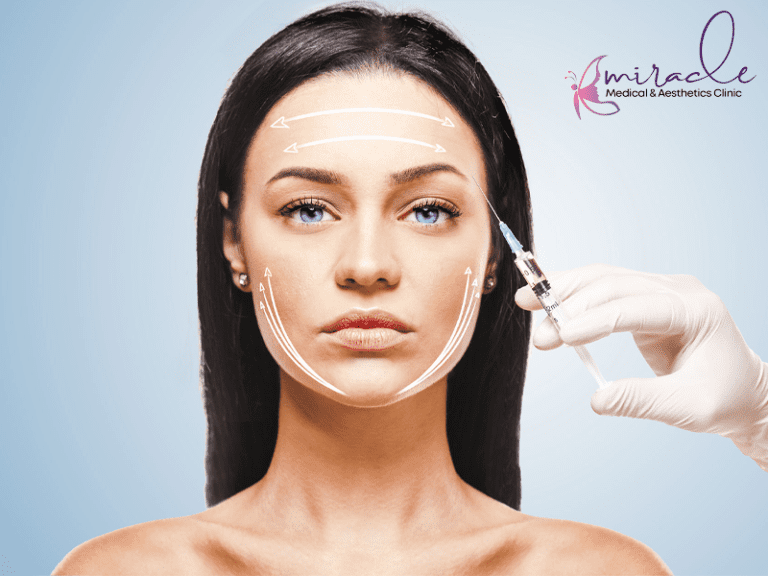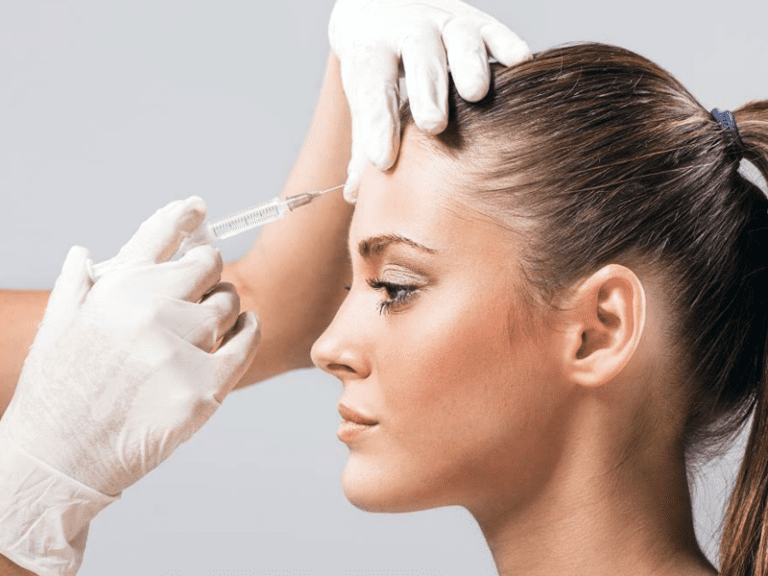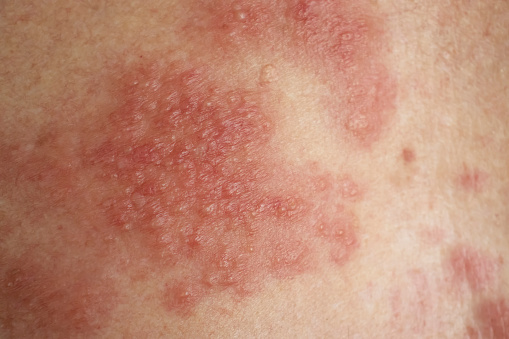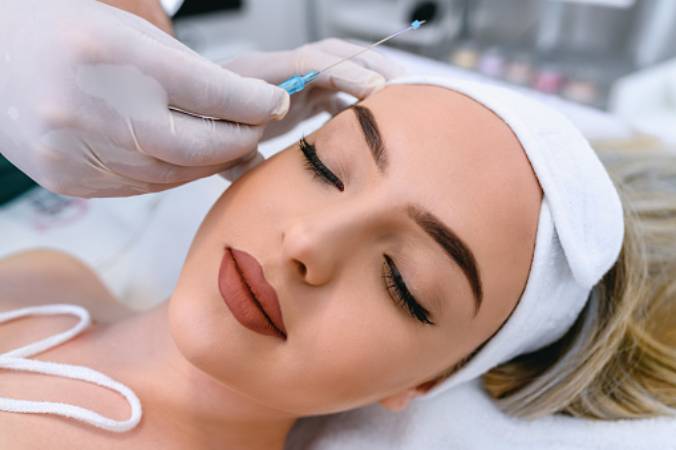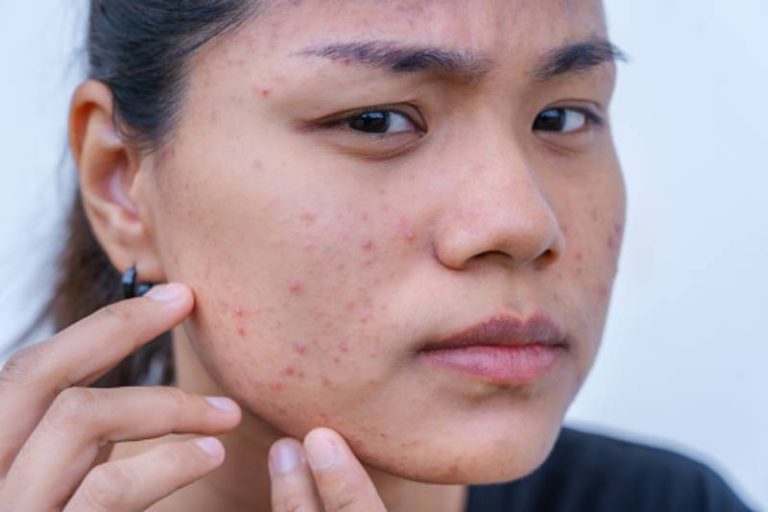Hyperpigmentation: Everything You Need to Know
Hyperpigmentation is a common skin condition in which patches of skin become darker than the surrounding skin. It can affect people of all skin types and can occur anywhere on the body, but it is most commonly seen on the face, hands, and neck. In this article, we’ll cover everything you need to know about hyperpigmentation, including its causes, types, and treatment options.

Causes of Hyperpigmentation:
- Sun Exposure: Sun exposure is one of the most common causes of hyperpigmentation. Ultraviolet (UV) rays from the sun can cause skin damage and stimulate the production of melanin, the pigment that gives skin its color.
- Hormonal Changes: Hormonal changes during pregnancy, menopause, or while taking birth control pills can cause hyperpigmentation. This type of hyperpigmentation is called melasma or chloasma.
- Post-Inflammatory Hyperpigmentation: This type of hyperpigmentation occurs as a result of skin inflammation or injury, such as acne, eczema, or a cut or burn.
- Genetics: Some people may be more prone to hyperpigmentation due to their genetics.
Types of Hyperpigmentation:
- Melasma: Melasma is a type of hyperpigmentation that is caused by hormonal changes, usually during pregnancy or while taking birth control pills. It typically appears as brown or gray-brown patches on the face.
- Post-Inflammatory Hyperpigmentation: This type of hyperpigmentation is caused by skin inflammation or injury, such as acne, eczema, or a cut or burn. It appears as dark spots or patches on the skin.
- Sunspots: Sunspots, also known as solar lentigines, are caused by sun exposure and appear as small, flat, brown spots on the skin.
Treatment Options:
- Sun Protection: Wearing sunscreen with at least SPF 30 and protective clothing can help prevent further hyperpigmentation from sun exposure.
- Topical Treatments: Topical treatments such as hydroquinone, retinoids, and kojic acid can help lighten hyperpigmentation.
- Chemical Peels: Chemical peels can help improve hyperpigmentation by removing the top layer of skin.
- Laser Therapy: Laser therapy can help remove hyperpigmentation by targeting the melanin in the skin.
- Microdermabrasion: Microdermabrasion can help improve hyperpigmentation by exfoliating the top layer of skin.
In conclusion, hyperpigmentation is a common skin condition that can be caused by a variety of factors. There are several treatment options available to help improve hyperpigmentation, but prevention through sun protection is the best way to avoid it in the first place. Consult with a dermatologist to determine the best course of treatment for your individual case.
Microdermabrasion
Microdermabrasion is a non-invasive cosmetic procedure that involves exfoliating the outermost layer of the skin using a special device. It is commonly used to improve the appearance of skin by reducing the appearance of fine lines, wrinkles, acne scars, hyperpigmentation, and sun damage.
During the procedure, a device that contains a wand-like tip made of either diamond or crystal is used to spray tiny crystals or apply a diamond-tipped wand to exfoliate the top layer of the skin. This removes dead skin cells, stimulates cell renewal, and encourages the production of collagen, which can lead to firmer, smoother, and more youthful-looking skin.
Microdermabrasion is typically painless and does not require any anesthesia. The treatment usually takes 30 to 60 minutes, and there is little to no downtime afterward. Patients may experience mild redness or sensitivity immediately following the procedure, but this typically subsides within a few hours.
Microdermabrasion is generally considered safe for all skin types and colors, but it may not be suitable for people with certain skin conditions, such as rosacea or active acne. It is also not recommended for pregnant women or individuals with active skin infections or diseases.
Overall, microdermabrasion is a popular cosmetic procedure that can help improve the appearance of skin by reducing the signs of aging and other skin imperfections. It is a relatively quick and painless procedure that can be performed by a licensed skincare professional. However, it is important to consult with a qualified provider to determine if microdermabrasion is the right treatment for your individual skin concerns.
Laser Therapy

Laser therapy is a medical treatment that uses focused light energy to treat a wide range of skin conditions. It is a non-invasive and safe way to target specific areas of the skin without damaging surrounding tissue.
There are several types of lasers that are used for different purposes, including:
- Ablative lasers: These lasers remove the outer layer of skin and are used to treat deep wrinkles, scars, and other more severe skin conditions.
- Non-ablative lasers: These lasers penetrate the skin without removing the outer layer and are used to treat mild to moderate wrinkles, skin discoloration, and acne scars.
- Fractional lasers: These lasers create tiny columns of heat in the skin, leaving small areas of healthy tissue between them. They are used to treat deep wrinkles, acne scars, and other more severe skin conditions.
Laser therapy is commonly used to treat a wide range of skin conditions, including:
- Acne scars
- Age spots
- Fine lines and wrinkles
- Rosacea
- Skin discoloration
- Sun damage
- Tattoo removal
- Vascular lesions, such as spider veins or broken capillaries.
During the procedure, a licensed healthcare provider will use a laser device to target the specific area of concern. The length and number of treatments will depend on the type of laser used, the severity of the skin condition, and other factors.
After the procedure, patients may experience some redness or swelling, which should subside within a few days. It is important to follow any post-treatment instructions provided by the healthcare provider to ensure the best possible results.
Overall, laser therapy is a safe and effective way to treat a wide range of skin conditions. However, it is important to consult with a licensed healthcare provider to determine if laser therapy is the right treatment for your individual skin concerns.
Chemical Peels
Chemical peels are a cosmetic procedure that involves the application of a chemical solution to the skin to remove the outermost layers of damaged skin. This process can improve the appearance of the skin by reducing fine lines, wrinkles, acne scars, hyperpigmentation, and sun damage.
There are three types of chemical peels:
- Superficial peels: These are the mildest type of chemical peel and involve the use of a mild acid, such as alpha-hydroxy acid (AHA), to remove the outer layer of the skin.
- Medium peels: These peels use a stronger acid, such as trichloroacetic acid (TCA), to penetrate deeper into the skin to remove the outer and middle layers.
- Deep peels: These peels use a strong acid, such as phenol, to penetrate deeply into the skin to remove the outer and middle layers. Deep peels are typically only used for severe skin conditions and require a longer recovery time.
The chemical solution is applied to the skin and left on for a specific amount of time, depending on the type of peel being performed. The solution is then neutralized and removed from the skin. The treated skin will then gradually peel off, revealing new, smoother, and healthier-looking skin.
After the procedure, patients may experience some redness, swelling, and peeling of the skin. It is important to follow any post-treatment instructions provided by the healthcare provider to ensure proper healing and to minimize the risk of complications.
Chemical peels are generally safe for most skin types, but they may not be suitable for people with certain skin conditions, such as eczema, rosacea, or active acne. It is important to consult with a qualified provider to determine if a chemical peel is the right treatment for your individual skin concerns.
Overall, chemical peels are a popular cosmetic procedure that can help improve the appearance of the skin by reducing the signs of aging and other skin imperfections. However, it is important to carefully consider the risks and benefits before undergoing any cosmetic procedure.
- Keywords: Hyperpigmentation
- miracleadmin
